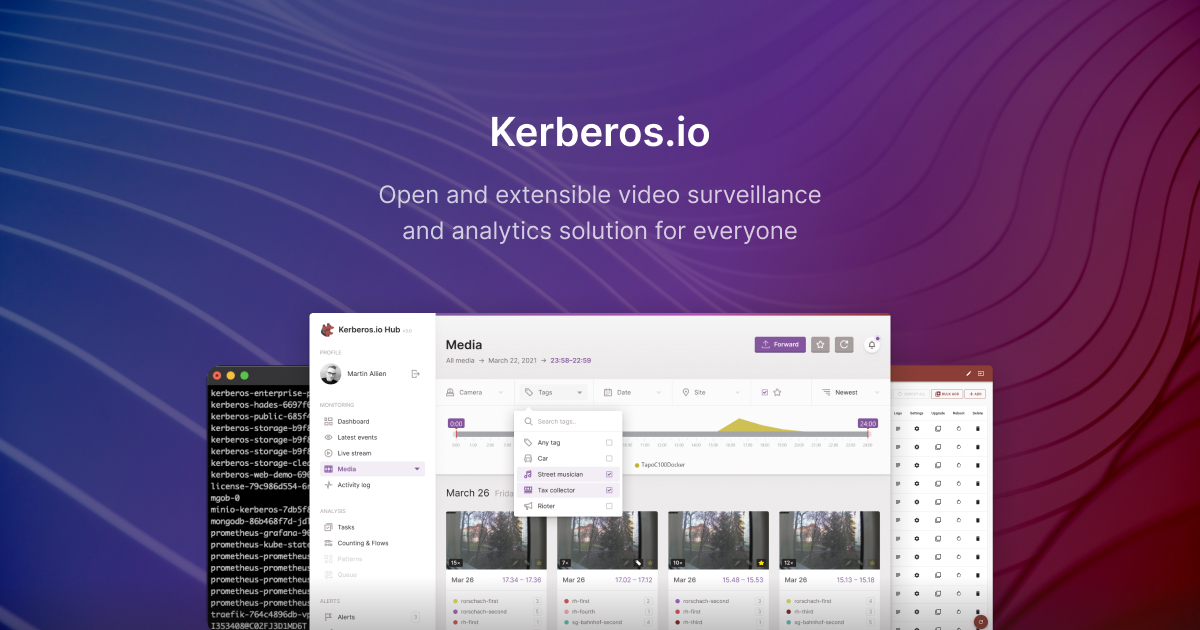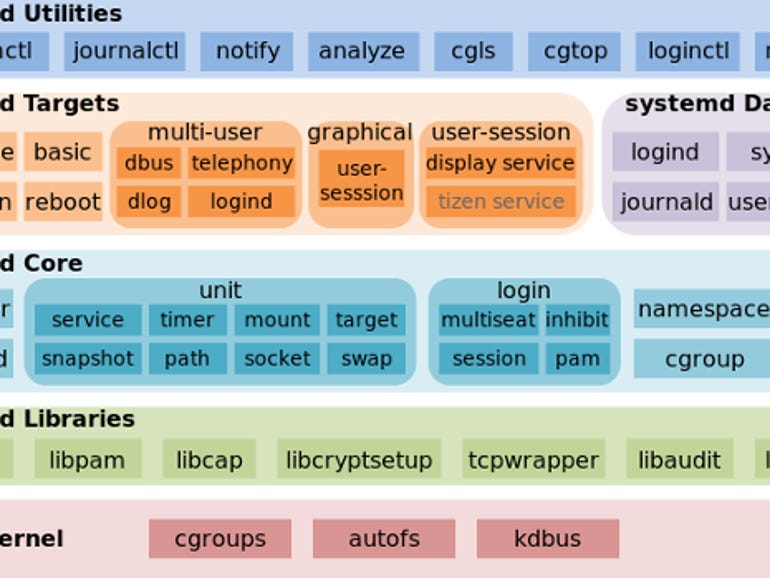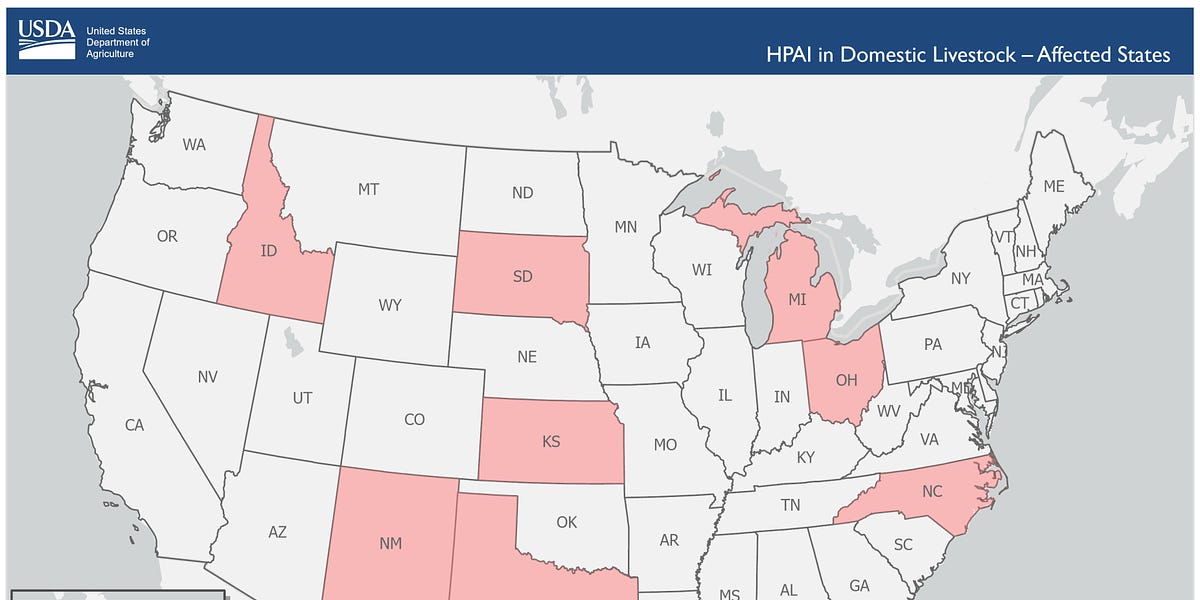
Bug Detection Is Easy
TRS-80 Level-I BASIC could only store two string variables, A$ and B$. Similarly, I was born with only two bug-storing-slots in my brain. At any given time, I can only remember two bugs. If you ask me to remember three, one of them will fall on the floor and get swept under the bed with the dust bunnies, who will eat it.
Keeping a database of bugs is one of the hallmarks of a good software team. I never cease to be amazed at how few teams are actually doing this. One of the biggest incorrect facts that programmers consistently seem to believe is that they can remember all their bugs or keep them on post-it notes.
If I can bend your ear a moment, I’d like to explain a pretty painless way to do bug tracking, in the spirit of my previous articles on painless schedules and painless specs.
First of all, you need a real database. On teams of 2 people writing a little bit of code over the course of a long weekend, it’s probably OK to use a text file as the database. Anything larger, and you’re going to need a real bug tracking database. There are zillions of bug tracking databases you can buy. (Blatant self-promotion: the bug tracker we wrote at Fog Creek Software, called FogBugz, is web based, pretty easy to use, and quite powerful, if I may say so myself.)





















